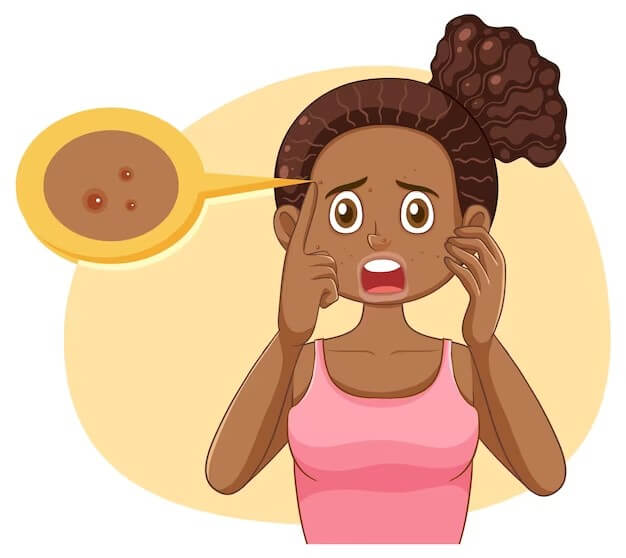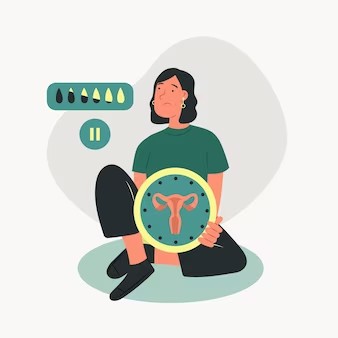Polycystic Ovarian Syndrome (PCOS) is a common condition, affecting up to 10 % of people. There’s no single diagnostic test that, by itself, shows definitely that you have PCOS. To diagnose PCOS, physicians look out primarily for these three signs.
- Irregular periods (too little bleeding, no bleeding or bleeding in excess)
- Excess male hormones (hyperandrogenism) as identified clinically or using biochemical lab tests
- Ovarian cysts. (fluid-filled sacs that form on or within an ovary)
Other symptoms may manifest as well, such as Acne, Obesity or weight gain, Infertility, Androgenic alopecia (where your hair thins out the way that it does in men), Oily skin, Unwanted hair on your face or chin, breasts, stomach, acanthosis nigricans (dark, velvety patches of skin under your arms, breasts, the back of your neck, and in your groin area)



You may be so used too these symptoms that you may not notice them for years. Its worth knowing that PCOS isn’t just about reproductive issues; it is linked to obesity, insulin resistance, type 2 diabetes, dyslipidemia, and metabolic syndrome which are all major problems in and on themselves.
Over time, there have been different attempts to categorize PCOS & even at this point, It’s uncertain if the different phenotypes currently used for classification represent variations of PCOS or represent different conditions
NIH Criteria (1990)
Identified PCOS based on high androgen levels and irregular periods after ruling out other disorders that cause similar symptoms.
Rotterdam Criteria (2003)
This classification required two out of any three features: hyperandrogenism, irregular periods, and ovarian cysts to make a definite diagnosis
AE-PCOS Criteria (2006)
Focused on hyperandrogenism, considering it the main factor. Required hyperandrogenism plus irregular periods or cysts for a definite PCOS diagnosis
NIH Phenotypic Approach (2012)
Introduced a mode of classification that took all 3 major symptoms into account. The condition was categorized into four phenotypes to simplify diagnosis:
Phenotype A (full-blown PCOS): Hyperandrogenism, irregular periods, and cysts.
Phenotype B (non-PCO PCOS): Hyperandrogenism and irregular periods.
Phenotype C (ovulatory PCOS): Hyperandrogenism and cysts. Women with this kind of PCOS may have regular periods but exhibit the two other clarion
Phenotype D (non-hyperandrogenic PCOS): Irregular periods and cysts.
If you ever found yourself confused about your symptoms, don’t worry, it is evident that the condition has caused a bit of confusion even in medical circles. Like with most things, we are still learning a lot about the PCOS
In the next article, we will explore the effect PCOS has on fertility and mental health.


